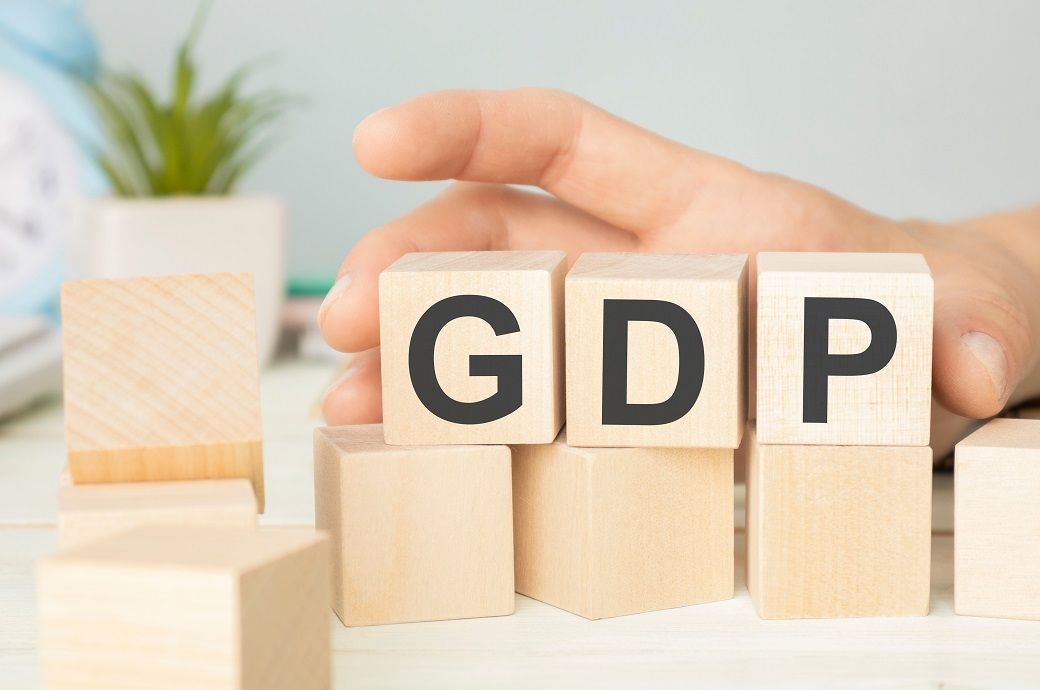
CPI inflation eased to a 67-month low of 3.3 per cent in March 2025 as prices of vegetables fell, whereas core CPI inflation moderated to 4.1 per cent in March 2025 from 4.2 per cent in February 2025.
Four key global factors were outlined shaping India’s growth outlook: reduced exports, a global slowdown, declining crude oil prices and a glut in global production capacities.
Crude prices, which were at $75 per barrel in early April, dropped to $65 by mid-month and are expected to remain in the range of $60–65 per barrel through FY26. This is expected to ease inflationary pressure and help domestic growth.
Meanwhile, exports are likely to take a hit from rising global tariffs and weakening demand.
EY, however, suggested that the damage to overall gross domestic product (GDP) may be limited since net exports have played a smaller role in India’s recent growth. To navigate this, the report suggests India to consider anti-dumping measures to counter the risk of oversupply from countries with excess production.
It also suggests changes to the country’s crude oil sourcing strategy, such as raising imports from the United States, which could help improve the trade balance.
In March 2025, manufacturing purchasing managers’ index increased to an eight-month high of 58.1.
The index of industrial production growth moderated to a six-month low of 2.9 per cent in February this year due to a fall in the growth of manufacturing and mining output.
ALCHEMPro News Desk (DS)
Receive daily prices and market insights straight to your inbox. Subscribe to AlchemPro Weekly!